Advancing Chemiluminescent Western Blot Imaging: Addressing Challenges with Innovative Solutions
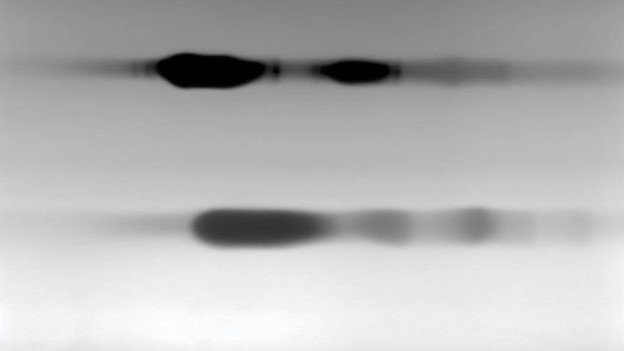
Western Blotting Introduction
Western blotting is a widely used technique for detecting specific proteins in biological samples, relying on labeled antibodies to identify proteins of interest. The choice of imaging system is crucial, typically falling into two main categories: chemiluminescent and fluorescent imaging techniques.
Despite the foundational importance of Chemiluminescent Western Blot Imaging, market trends and the price positioning of Fluorescent Western Blot Imaging have led to its relative neglect, slowing the development of affordable and versatile systems. This has resulted in a lack of equipment that balances speed, precision, and accessibility, especially for users relying on chemiluminescent methods.
In this article, we address this gap by presenting optimization and improvement solutions specifically for Chemiluminescent Western Blot Imaging.
- Practical Uses of Western Blotting
- Two Major Applications of Western Blotting
- When to Use Chemiluminescence vs. Fluorescence
- Key Technologies in Chemiluminescent Western Blot Imaging
- Challenges in Current Chemiluminescent Western Blot Imaging Systems
Practical Uses of Western Blotting
Key Roles of Western Blotting in Research and Diagnostics:
1. Protein Identification:
Western blotting is essential for confirming the presence and size of specific proteins, often as part of proteomics research.
2. Disease Diagnostics:
It is used to detect disease markers, such as viral proteins in HIV or Lyme disease testing.
3. Post-translational Modifications:
The technique can identify modifications like phosphorylation or glycosylation, providing insights into protein function and signaling pathways.
4. Quality Control:
Western blotting ensures the purity and integrity of proteins in biotechnology and pharmaceutical applications.
5. Research in Cell Biology:
It aids in studying gene expression, protein-protein interactions, and cellular responses to stimuli or drugs.
Two Major Applications of Western Blotting
1. Chemiluminescent Western Blot Imaging:
- Usage: Approximately 60-70%
- Overview: This method relies on the emission of light produced by a chemical reaction. It is widely used due to its high sensitivity and simplicity. Chemiluminescent detection is favored for its cost-effectiveness and ease of use, especially in traditional Western blot applications.
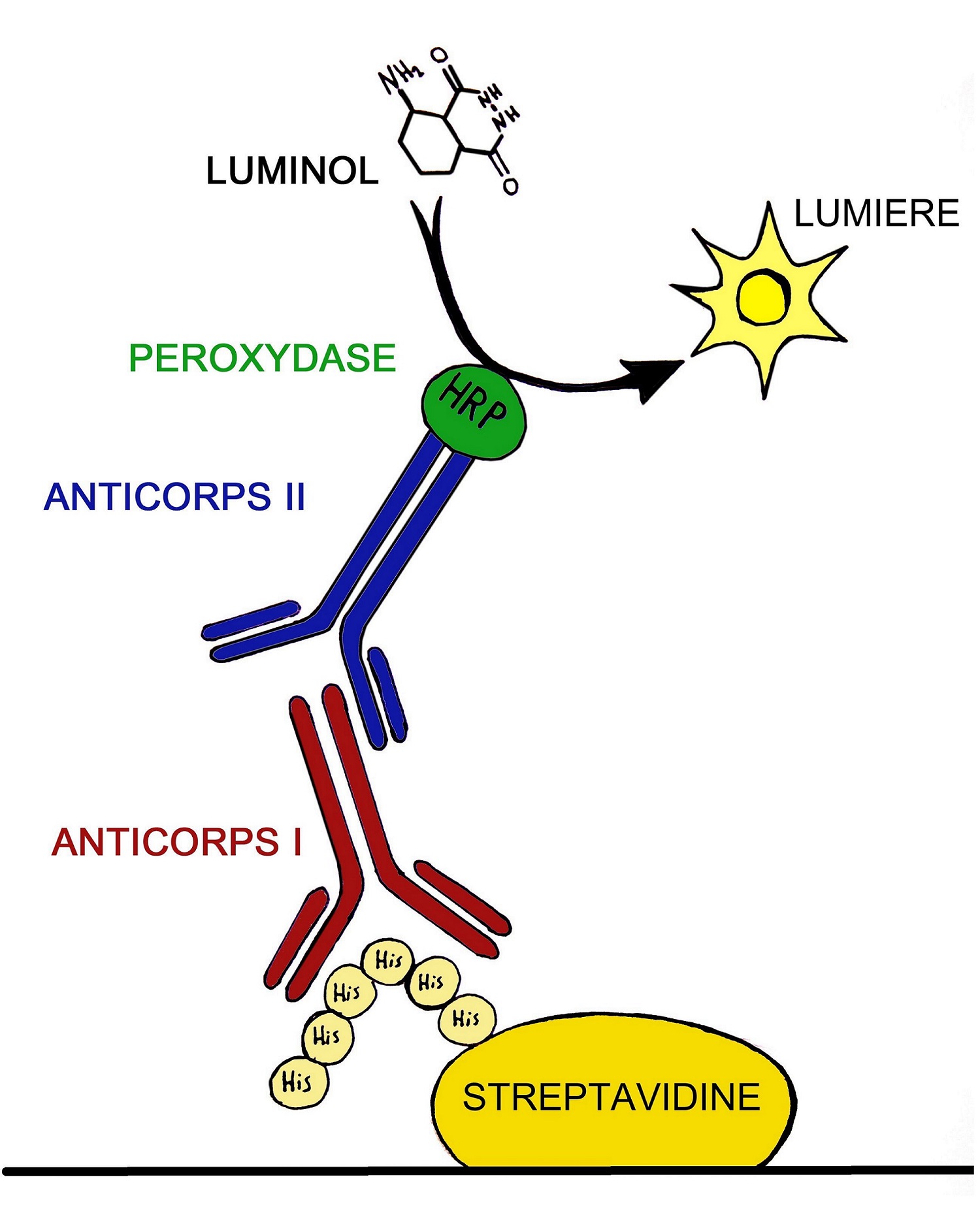
Chemiluminescent Western Blot Imaging
Source: wikimedia.org
2. Fluorescent Western Blot Imaging:
- Usage: Approximately 30-40%
- Overview: This method uses fluorescently labeled antibodies and requires specialized imaging systems to detect multiple targets simultaneously. Fluorescent Western blotting offers higher multiplexing capabilities and more quantitative data but often involves higher costs and more complex setups.
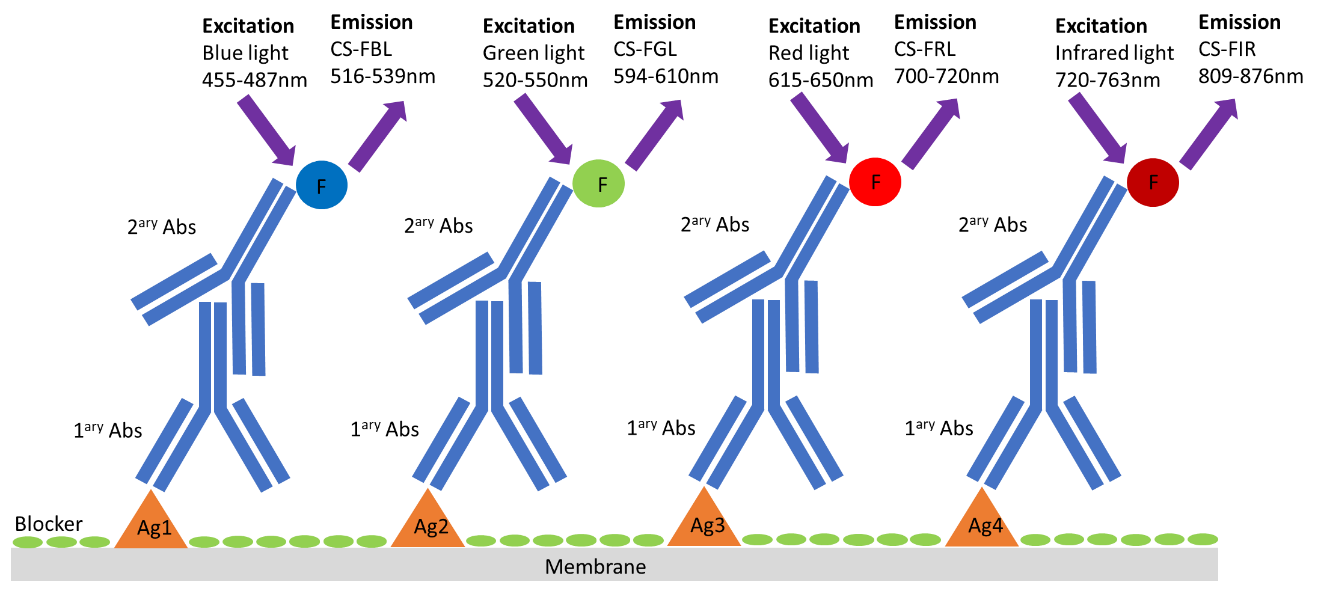
Fluorescent Western Blot Imaging
Source: cleaverscientific.com
When to use Chemiluminescence vs. Fluorescence
These figures represent general trends and may vary depending on the research field and specific application requirements. Currently, many imaging systems on the market are capable of performing either standalone or simultaneous measurements for both chemiluminescent and fluorescent imaging.
Key Technologies in Chemiluminescent Western Blot Imaging
1. CCD Cameras:
Convert light into electronic signals for imaging, often requiring lengthy measurement times.
2. PMTs:
Amplify luminescent signals using photoelectric effects but are complex to operate.
3. Integrated Optical Detection Technologies:
Combine CCD with an intensifier to boost signal detection, which adds to the complexity.
4. Imaging Systems with Optical Filters:
Use filters to isolate specific wavelengths, often resulting in high costs and extended setup times.
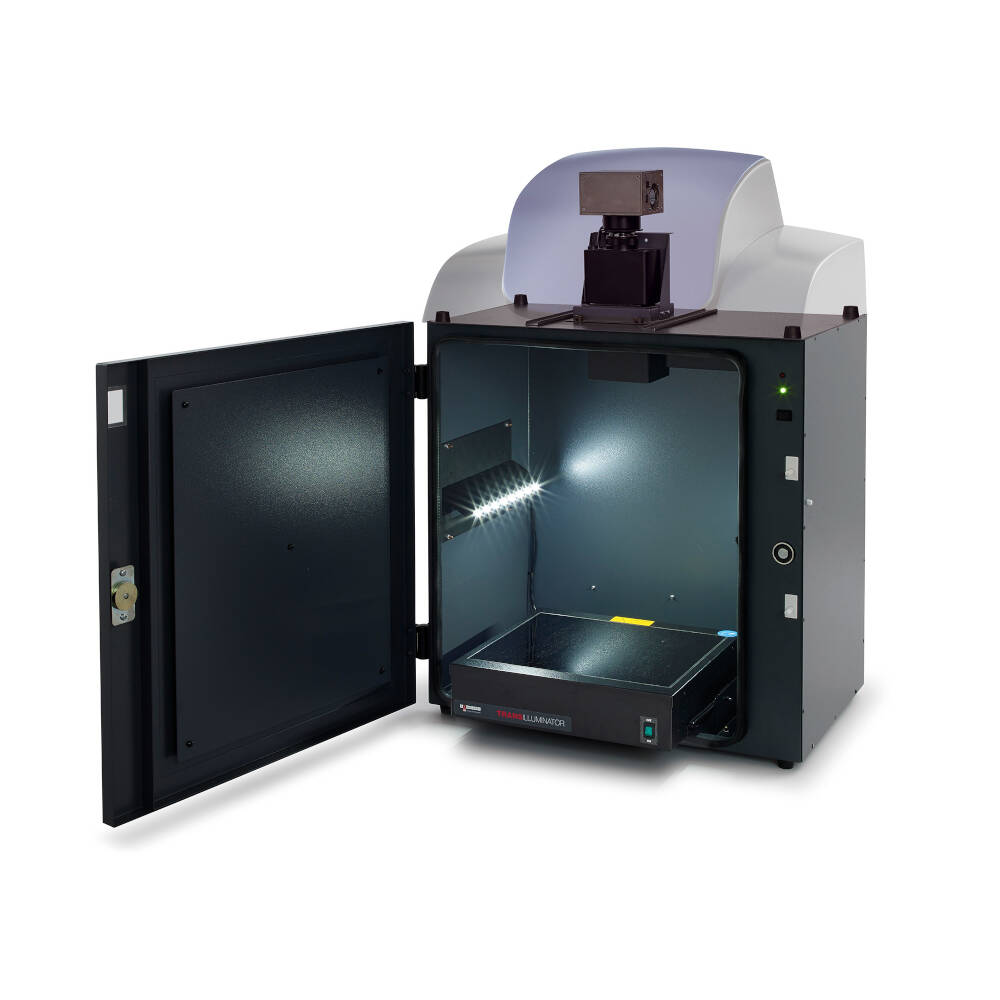
CCD-based Chemiluminescent Western Blot Imaging
Source: thistlescientific.co.uk
Challenges in Current Chemiluminescent Western Blot Imaging Systems
1. Extended Measurement Times:
Long measurement periods can significantly slow down the imaging process, making high-throughput analysis difficult.
2. Complex Operation:
Many systems are equipped with numerous features that are not specialized for protein luminescence imaging, leading to cumbersome operation and setup.
3. High Cost:
Due to high costs, many research institutions and academic labs are limited to renting or booking time at large, specialized facilities, which restricts the accessibility and efficiency of imaging.
4. Limited Flexibility:
The need for advance booking and high costs can limit spontaneous or frequent use, impacting the ability to conduct preliminary or frequent analyses.
UPRtek’s Handheld Chemiluminescent Western Blot Imaging Solutions:
1. Reduced Measurement Times:
UPRtek’s handheld devices are equipped with customized large photodetectors and a specialized optical architecture tailored to closely align with Chemiluminescent Western blotting membranes.
These advancements enhance sensitivity and expand the dynamic range, enabling the effective detection of faint protein bands. This innovative design significantly reduces imaging time, decreasing it from over 30 minutes with traditional large and complex systems to approximately 1 minute while maintaining a resolution comparable to that of conventional systems.
2. Simplified Operation:
These devices feature built-in displays, eliminating the need for additional external equipment for image conversion. Users can quickly view and assess imaging results directly on the screen, which enhances measurement efficiency and streamlines the workflow.
3. Cost-Effective:
The affordability of these handheld devices allows research institutions and academic labs to own their own equipment, avoiding the high costs associated with renting or booking time at specialized facilities.
4. Increased Flexibility:
The portable design of these devices facilitates spontaneous and frequent use, making it easier to conduct preliminary and regular analyses without the constraints of advance booking or high costs.
Conclusion
To address these persistent challenges, UPRtek has introduced innovative handheld devices that significantly enhance the practicality and efficiency of Chemiluminescent Western blot imaging. By overcoming the limitations of traditional CCD systems, these devices provide researchers with reliable and versatile tools for protein analysis. As this technology continues to evolve, it promises to further improve the accuracy and convenience of protein detection within the scientific community.
For more information about these products, please contact: ash_hsu@uprtek.com
Other Posts:
Hot Product
Handbook Series
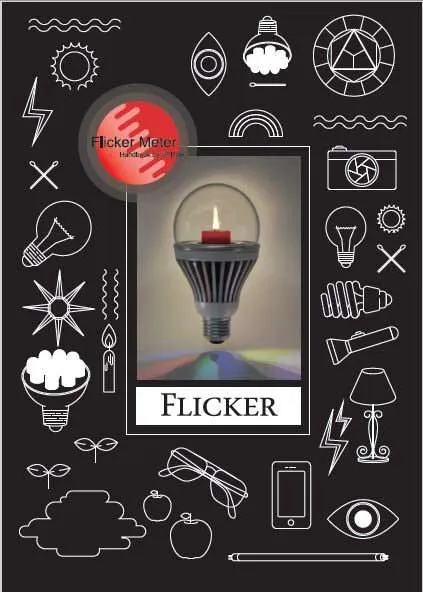
The Flicker Handbook
Everything thing you need to know about Flicker, an insidious, potentially serious lighting artifact impacting visual safety for public places like hospitals, offices, libraries, and more...
About UPRtek
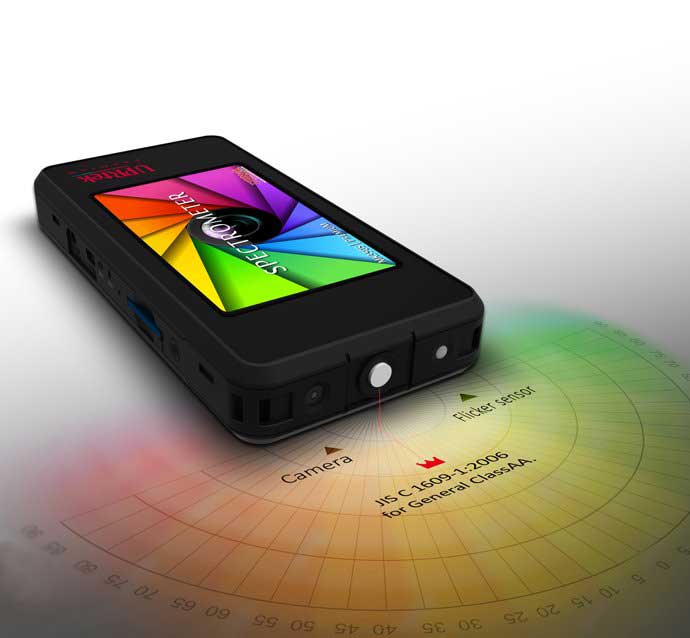
United Power Research and Technology
UPRtek (est. 2010) is a manufacturer of portable, high-precision light measurement instruments; Handheld Spectrometers, PAR meters, Spectroradiometers, Light Calibration Solutions.
UPRtek HQ, R&D and manufacturing are all based out of Taiwan, with Worldwide representation through our certified Global Resellers.
Latest Articles
Category
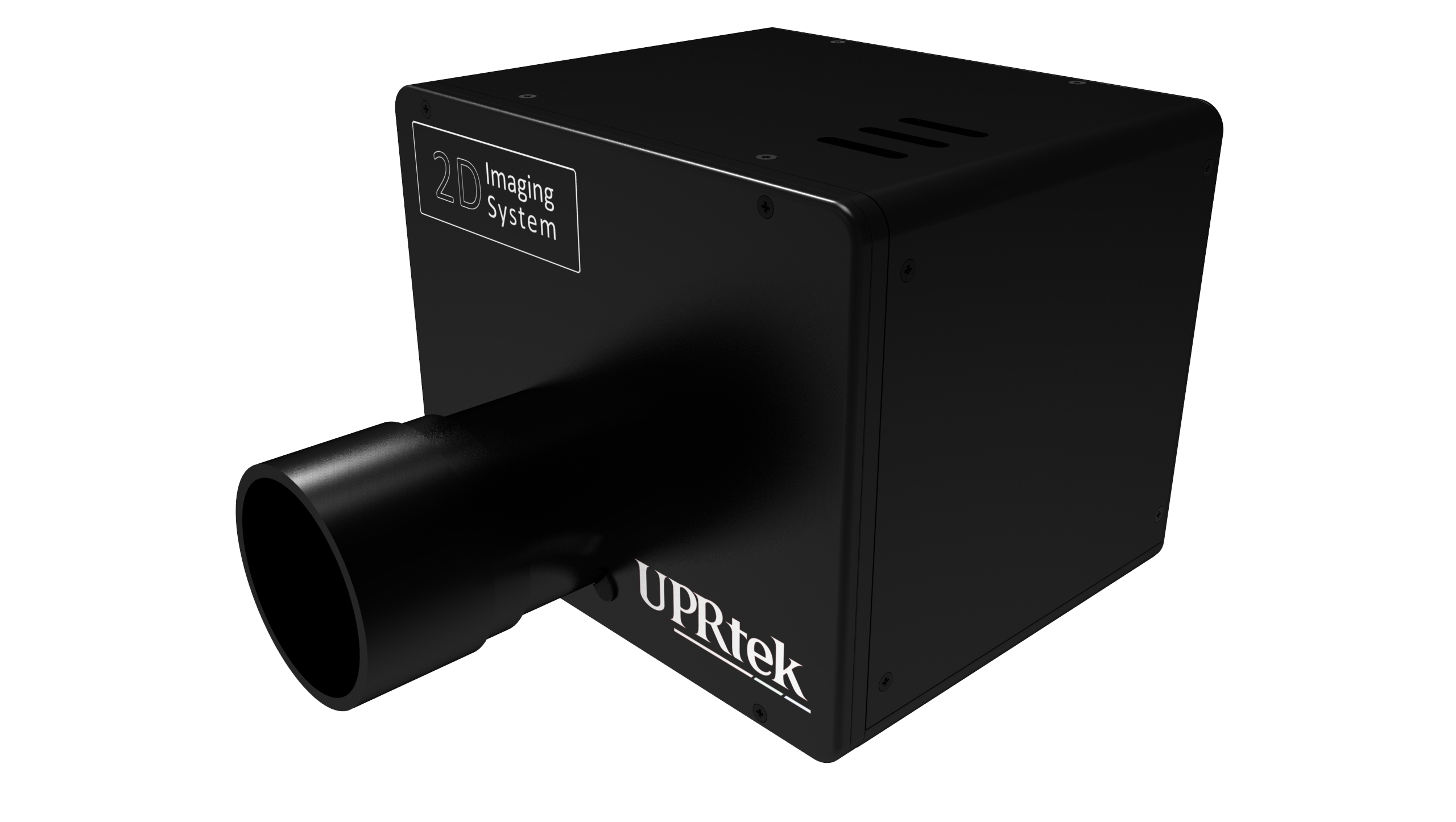
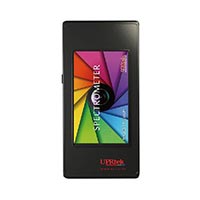
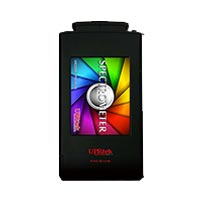
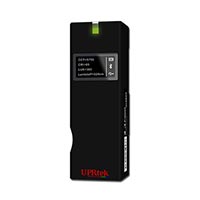
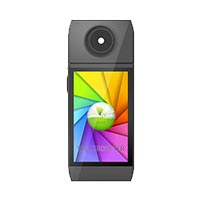
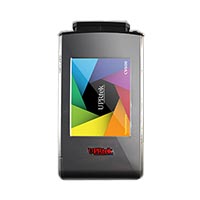
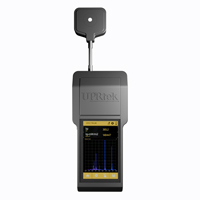
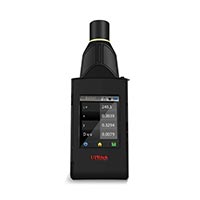
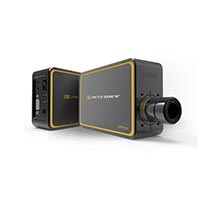
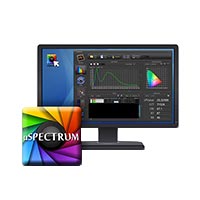
0 Comments